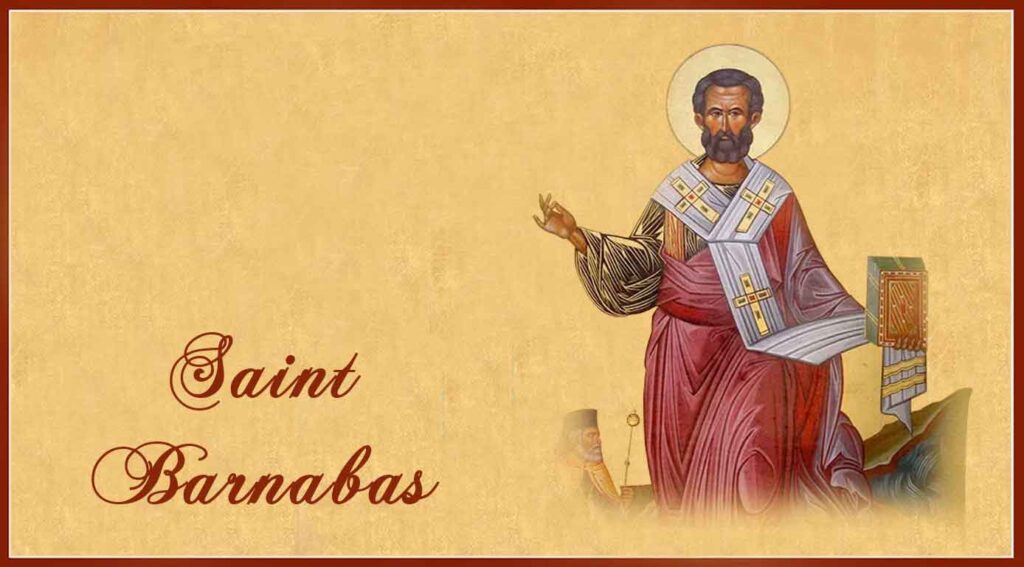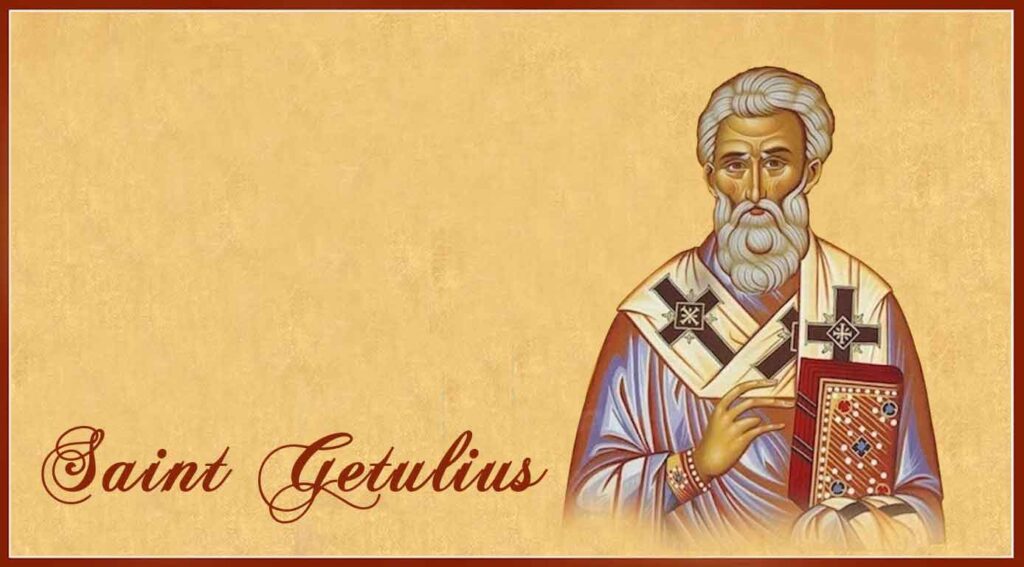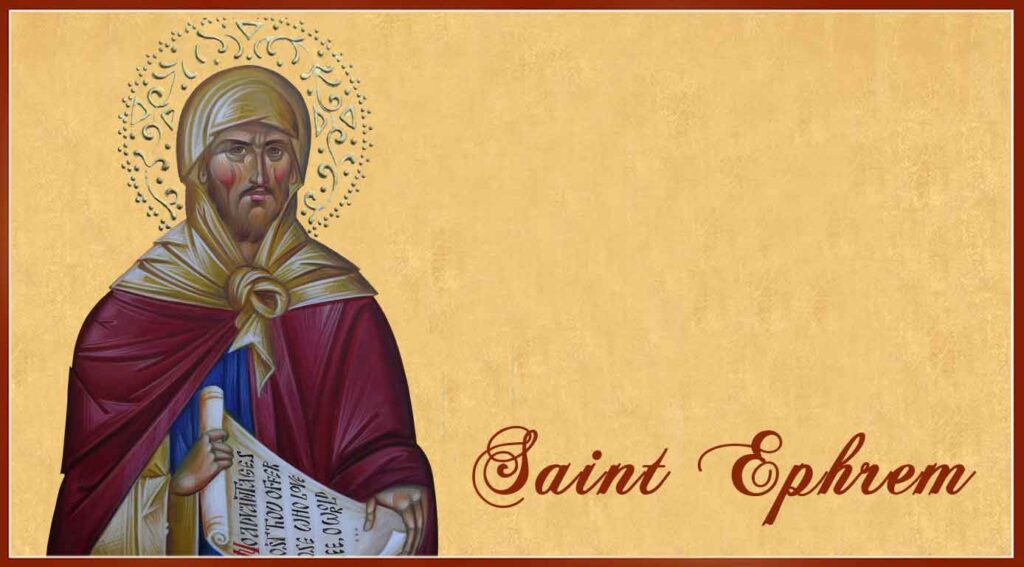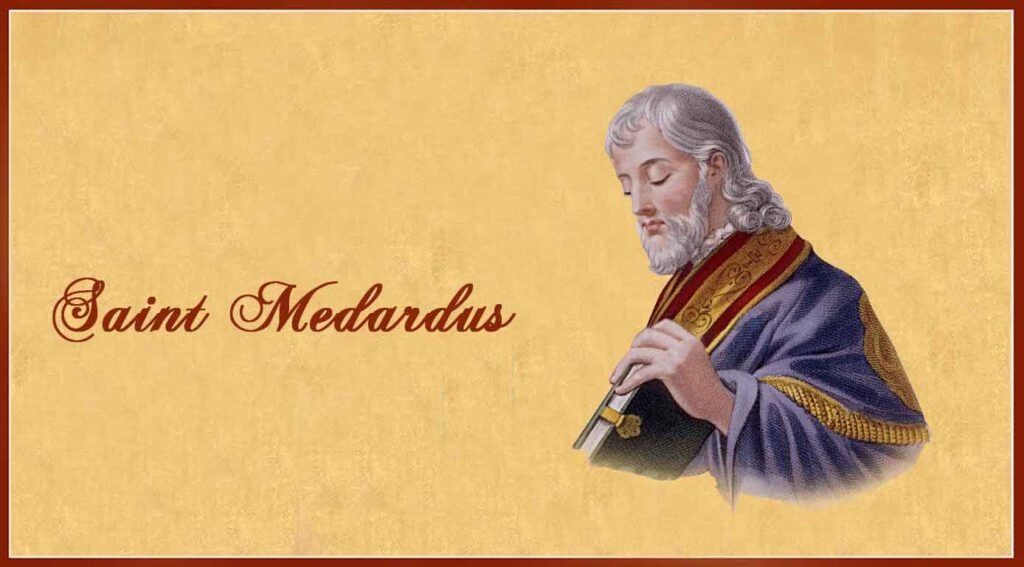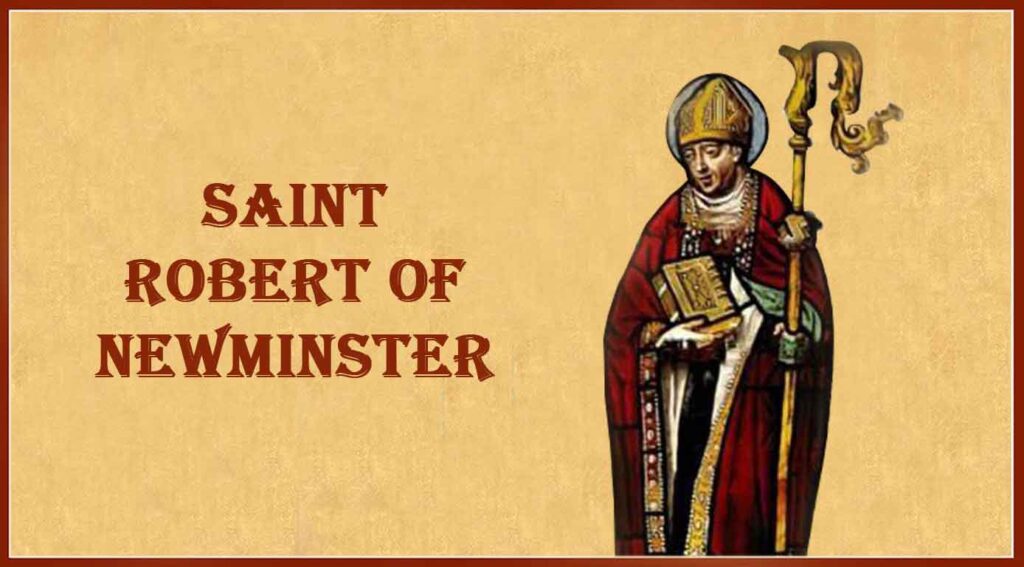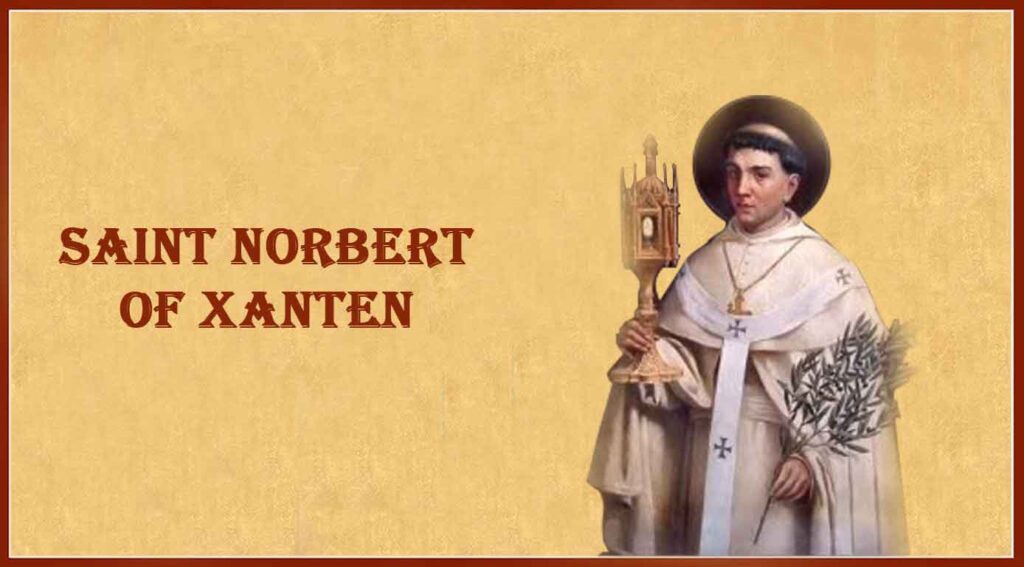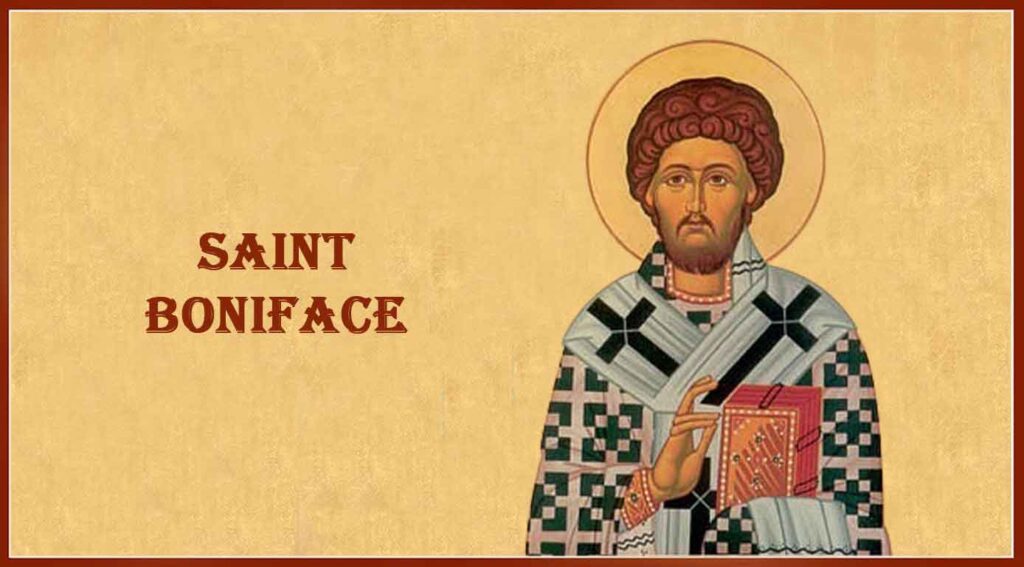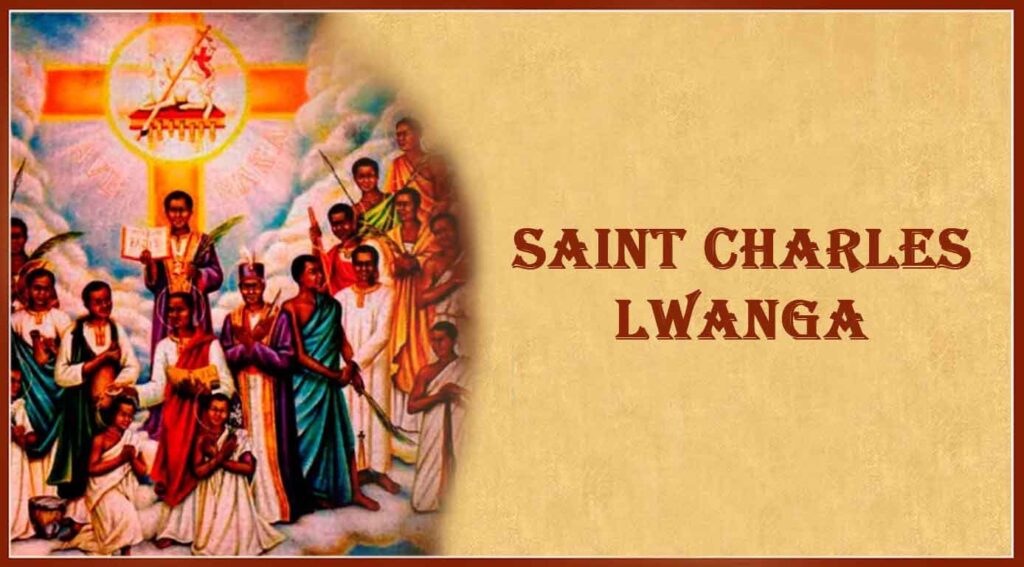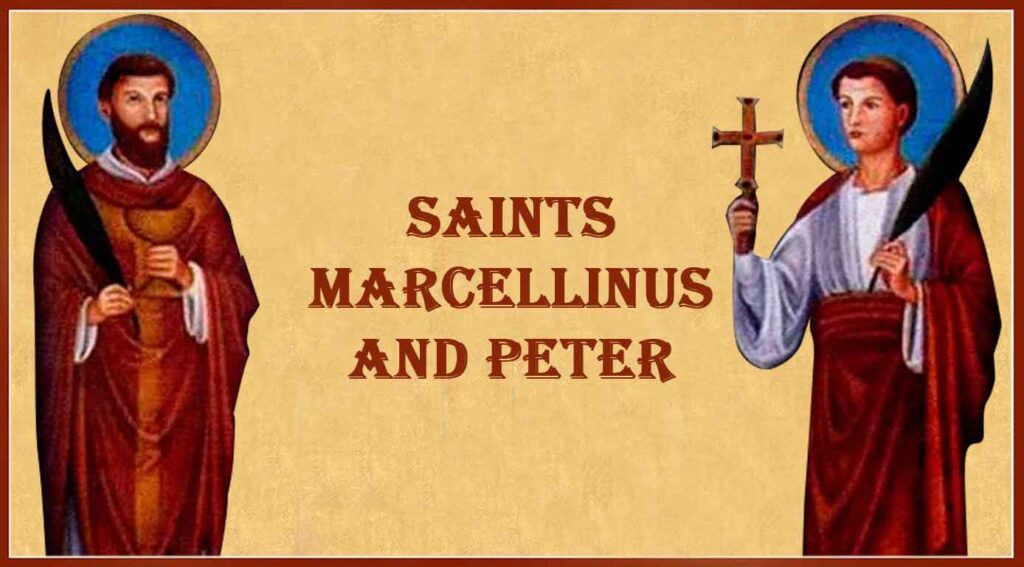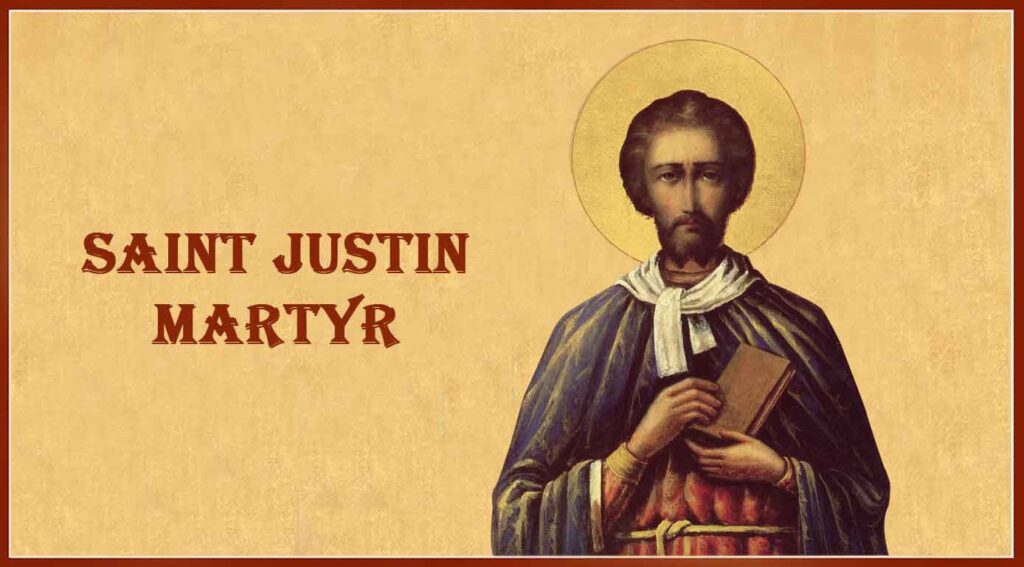Saint Barnabas
Saint Barnabas was initially named as Joseph. But when recounting the story of how he sold his land and gave the money to the apostles in Jerusalem, the Book of Acts says the apostles called him Barnabas.
Barnabas’ story appears in the Acts of the Apostles, and Paul mentions him in some of his epistles. He and Paul the Apostle undertook missionary journeys together and defended Gentile converts against the Judaizers. They traveled together making more converts and participated in the Council of Jerusalem. Barnabas and Paul successfully evangelized among the “God-fearing” Gentiles who attended synagogues in various Hellenized cities of Anatolia.
According to tradition an early Christian, he was one of the prominent Christian disciples in Jerusalem. Christian tradition holds that Barnabas was martyred at Salamis, Cyprus. He is traditionally identified as the founder of the Cypriot Orthodox Church. In 1538, the Catholic religious order officially known as “Clerics Regular of St. Paul” (Clerici Regulares Sancti Pauli), gained the grand old Monastery of Saint Barnabas by the city wall of Milan as their main seat. The Order was known by the popular name of Barnabites.
St. Barnabas is venerated as the patron saint of Cyprus. He is also considered a patron saint in many other places in the world, highlighting Milan in Italy. On the island of Tenerife (Spain), St. Barnabas was invoked in historical times as patron saint and protector of the island’s fields against drought, together with St. Benedict of Nursia.


